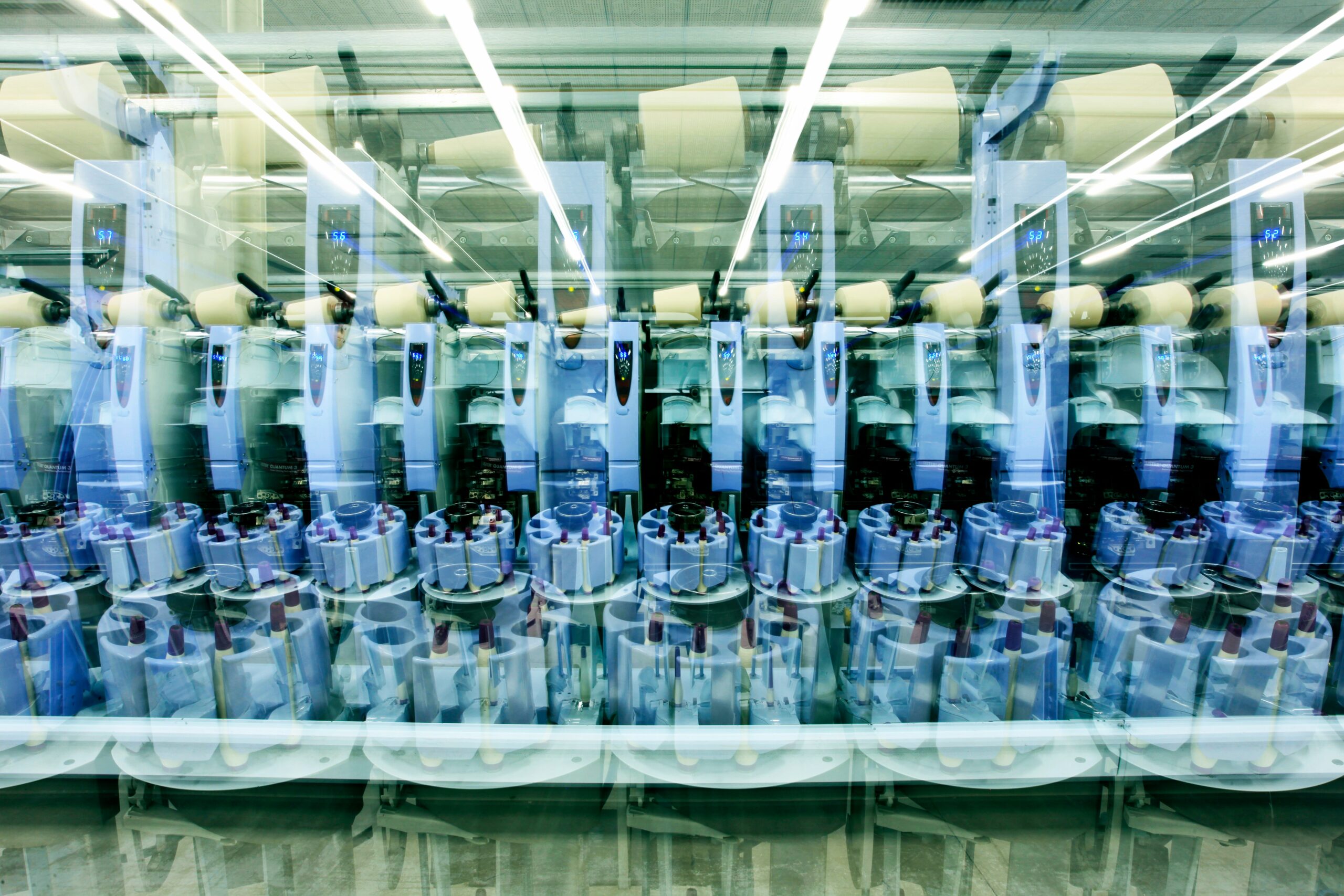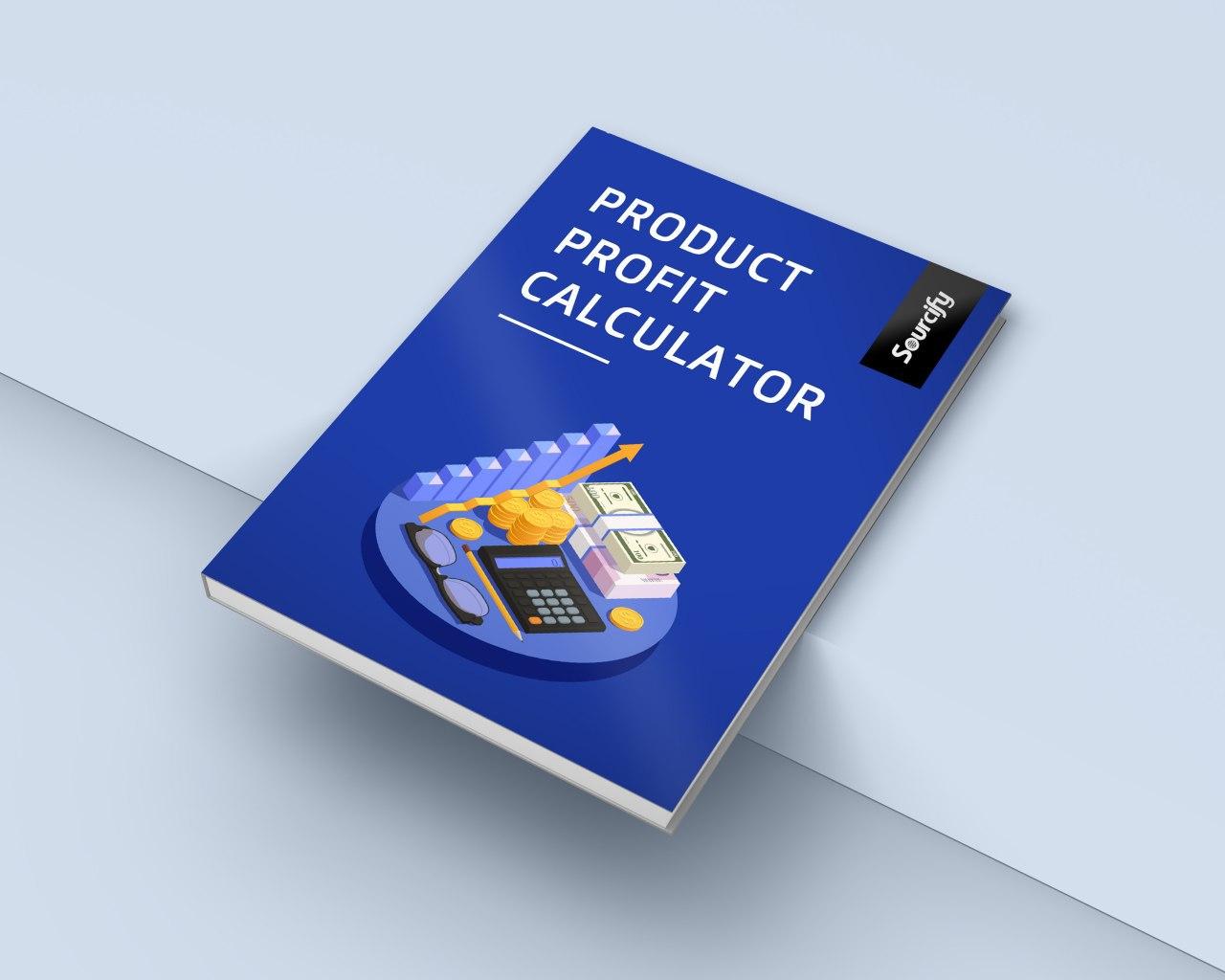Supplements are one of the fastest-growing consumer categories today — and one of the most misunderstood. On the surface, they look simple: a capsule, a gummy, a powder. But behind every bottle on the shelf is a maze of decisions about formulation, sourcing, compliance, and manufacturing.
Building a supplement brand isn’t so different from building a beauty brand. You don’t need your own factory. You work with a contract manufacturer, often starting with a base formula, and then tweak it to make it yours. The challenge lies in the details: capsules are easy, powders segregate, gummies melt, and ready-to-drink formats require heavy capital.
Most founders are surprised to learn how standardized the process actually is — and how quickly you can go from idea to launch if you know where to look.
The Supplement Development Process
1. Concepting & Positioning
- Define the benefit: gut health, energy, longevity, beauty-from-within.
- Choose your format: capsule, tablet, powder, gummy, softgel, or RTD.
- Decide your angle: are you going science-first (clinical trials, branded ingredients) or influencer-first (taste, packaging, lifestyle)?
2. Formulation
- Many formulas begin with off-the-shelf bases like multivitamins, greens blends, or protein powders.
- Differentiators are layered in — branded actives like KSM-66® Ashwagandha, novel flavors, or delivery formats.
- Just like in beauty, many CMOs hand you a “menu” of formulas you can customize.
3. Pilot / Sampling
- Small-batch runs test taste, solubility, capsule size, gummy texture.
- Flavor masking is often the hardest part, especially with botanicals.
4. Compliance & Testing
- Design your Supplement Facts panel.
- Prepare a claims substantiation file (FTC requirement if challenged).
- Conduct stability testing (6–24 months real-time or accelerated).
5. Scale-Up & Production
- Place your first MOQ (minimum order quantity), often a few thousand bottles.
- Select packaging: bottles, jars, stick packs, or blister packs.
- QC testing covers potency, heavy metals, and microbial contamination.
Manufacturing Methods to Know
- Encapsulation – Filling powder into hard capsules; easy, cheap, and flexible.
- Tableting – Compressing powders into tablets; efficient but harder to flavor-mask.
- Powder Blending & Filling – Used for proteins and greens; segregation is the main QC risk.
- Gummy Cooking – Heat-sensitive; texture and water activity must be tightly controlled.
- Softgels – Best for oils and fat-soluble actives; requires specialized equipment.
- Novel Encapsulation – Techniques like microencapsulation or delayed-release coatings for probiotics and unstable actives.
The Global Supply Chain Behind Your Supplement
Even if the label says “Made in the USA,” most raw materials come from abroad:
- China: 70% of the world’s Vitamin C, plus amino acids and herbal extracts.
- India: A fast-growing hub for botanicals and finished supplements.
- Europe (Italy & Germany): Known for premium softgels and pharma-grade nutraceuticals.
Finished products, however, are often manufactured in the U.S., with hotbeds in:
- Utah (Salt Lake City)
- California (Orange County)
- New Jersey
- Florida
Hundreds of CMOs across these regions can scale you from pilot to national retail.
The Central Tensions of the Category
Supplements are barely 100 years old — born out of deficiency prevention, now chasing longevity and performance. That history creates three ongoing tensions:
- Science vs. Natural – Do we seek legitimacy in clinical trials, or comfort in ancient herbs?
- Trust vs. Skepticism – Every capsule is both a promise and a gamble. Regulation is light; scandals linger.
- Innovation vs. Regulation – The U.S. market is fast-moving under DSHEA, while Europe requires proof before launch. Neither system is perfect.
Where It’s Going
Supplements today are about aspiration: sharper focus, glowing skin, better sleep, longer life. Consumers aren’t satisfied with “enough.” They want more — and supplements embody that desire for control.
The frontier now lies in:
- Longevity molecules
- Precision probiotics
- Biotech-inspired nutraceuticals
The big question: will supplements evolve into mini-pharmaceuticals backed by clinical data, or remain wellness candy sold on TikTok? The truth is, they’ll be both. And as the market doubles in the next decade, those who can navigate the tensions of science, trust, and innovation will win.
👉 At Sourcify, we’ve walked the production floors of supplement factories. We know the questions to ask, the shortcuts to avoid, and the global ingredient networks that matter. If you’re exploring supplements, you don’t have to navigate it alone.




